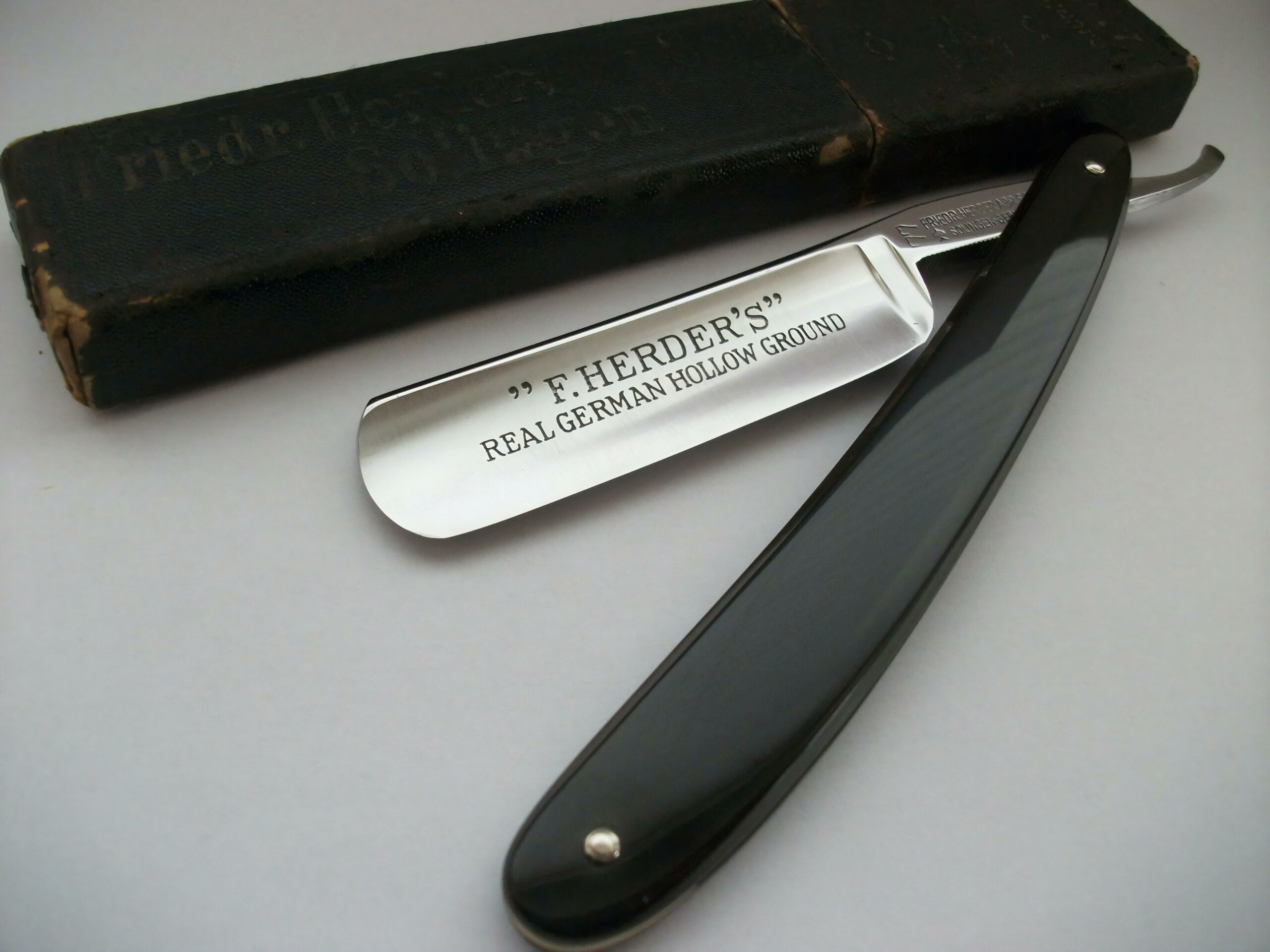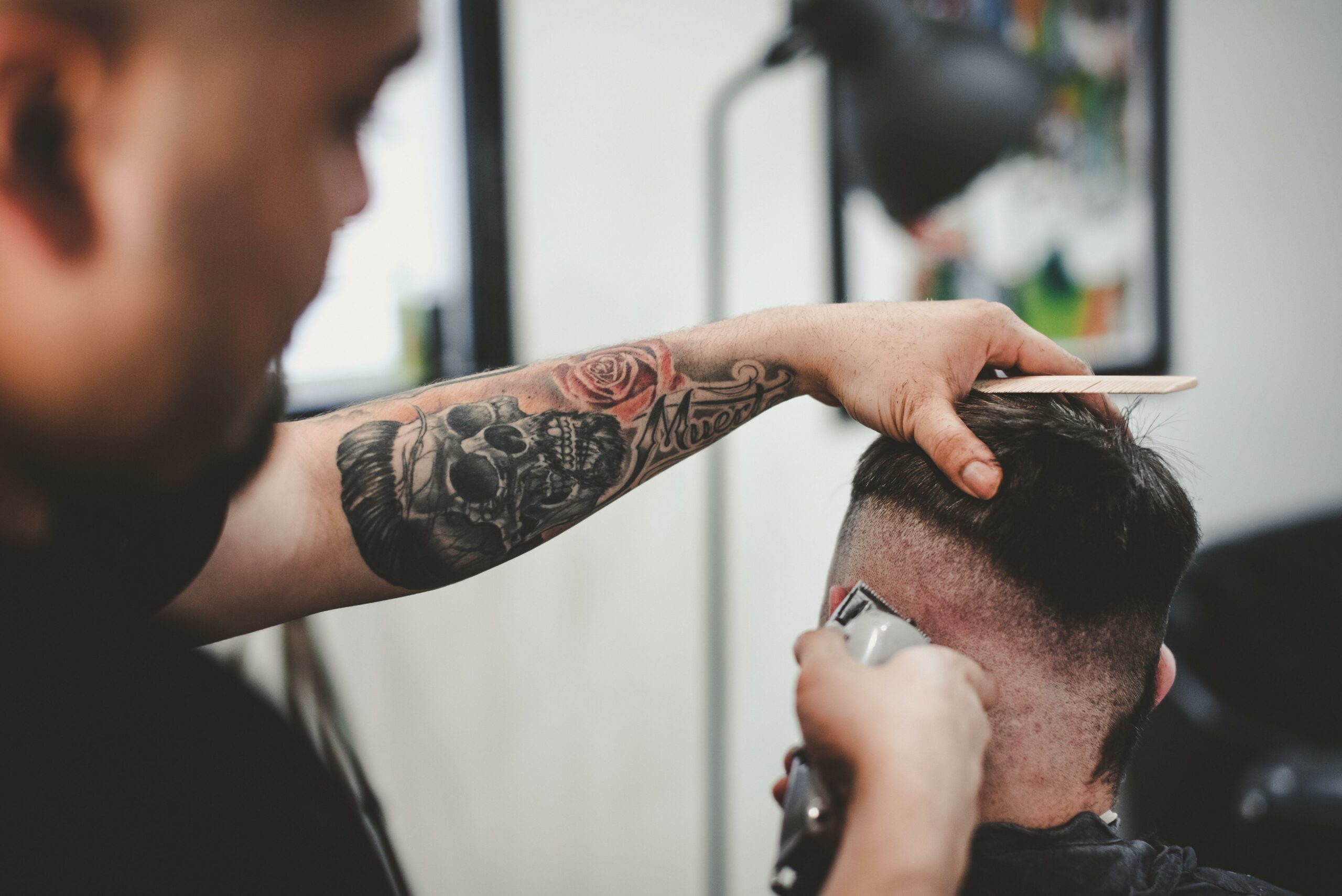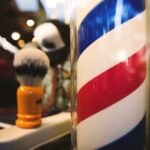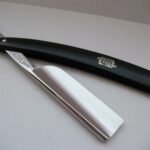Welcome to a fascinating journey through the annals of medical history as we explore the captivating world of barber surgeons. Brace yourself to uncover startling facts and untold tales of these enigmatic figures who played a pivotal role in the evolution of healthcare. From their unexpected role as healers and surgeons to the historical context in which they practiced, this article will shed light on the remarkable legacy of the barber surgeon profession. Prepare to be enthralled by a rich tapestry of knowledge and discover the astonishing contributions these skilled practitioners made to the realm of medicine.

Barber Surgeon Facts
Barber surgeons, an intriguing and enigmatic profession of the past, held a unique position in the world of medicine. Combining the skills of a barber and a surgeon, they played a crucial role in providing healthcare services during a time when medical practices were still in their infancy. Let’s delve into some startling and lesser-known facts about these fascinating individuals.
1. The Dual Role: Barbers as Healers and Surgeons
During the Middle Ages, barbers were not only responsible for trimming hair and grooming beards but also for administering basic medical treatments. These treatments included bloodletting, cupping, and even tooth extractions. Barbers were seen as trusted healers, performing these procedures to alleviate ailments and maintain overall health. The practice of combining barbering with rudimentary surgery led to the term “barber surgeons.”
“Barbers of the past were not just adept with the scissors and comb; they also wielded the tools of healing and rudimentary surgery.”
2. The Historical Context of Barber Surgery
Barber surgery thrived during a time when formal medical education and licensed practitioners were scarce. In medieval Europe, there was a deep divide between physicians, who were educated and primarily focused on theoretical medicine, and the barber surgeons who had practical skills but lacked formal training. This division led to the establishment of guilds, where barber surgeons formed their own professional associations to protect their interests and ensure the quality of their services.
“In a time when formal medical education was limited, barber surgeons stepped up to fill the healthcare gap, employing their practical skills and forming professional associations.”
3. Techniques and Instruments of Barber Surgeons
Barber surgeons expertly wielded a wide array of instruments in their practice. Some of the tools they used included razors, knives, and lancets for bloodletting, as well as cauteries for cauterizing wounds. These practitioners also performed tooth extractions, bone settings, and other minor surgical procedures. While their methods may seem crude by today’s standards, barber surgeons were pioneers in the realm of surgical interventions.
“With a steady hand and a collection of instruments, barber surgeons tamed wounds, set bones, and conducted minor surgeries, paving the way for modern surgical practices.”
4. The Rise of Barber Surgeon Guilds
As barber surgery gained recognition and respect, guilds were established to regulate the profession. These guilds set forth strict standards for apprentice and journeyman barbers on their path to becoming masters. They provided a structured framework for education, apprenticeships, and examinations, ensuring that the practitioners possessed the necessary skills and knowledge to deliver quality healthcare services.
“Barber surgeon guilds transformed the profession, establishing educational pathways and examinations to maintain the quality of services provided.”
5. Contributions to Medical History
While the reputation of barber surgeons sometimes suffered due to the divide between surgeons and physicians, it is crucial to acknowledge their invaluable contributions to the advancement of medical knowledge. These individuals played a significant role in the development of surgical techniques, wound care, and the understanding of anatomy. Their practical approach to medicine and willingness to experiment laid the groundwork for future generations of surgeons.
“Though often overshadowed by the divide between surgeons and physicians, barber surgeons were instrumental in advancing surgical techniques, wound care, and anatomical understanding.”
In conclusion, barber surgeons held a fascinating position in the history of medicine. Combining the skills of barbers and surgeons, they provided essential healthcare services during a time of limited medical education and licensed practitioners. Their dual role, historical context, instruments, guilds, and contributions to medical history showcase the rich and complex legacy of the barber surgeon profession.
Now, let’s take a closer look at some surprising facts in the table below:
| Fact | Description |
|---|---|
| Fact 1: Barbers as Healers and Surgeons | The dual role of barbers as both healers and practitioners of rudimentary surgery. |
| Fact 2: The Historical Context of Barber Surgery | The scarcity of formal medical education and the resulting divide between physicians and barber surgeons. |
| Fact 3: Techniques and Instruments of Barber Surgeons | The range of instruments and procedures employed by barber surgeons, from bloodletting to tooth extractions. |
| Fact 4: The Rise of Barber Surgeon Guilds | The establishment of guilds to regulate the profession, ensuring quality through education and examinations. |
| Fact 5: Contributions to Medical History | The important role barber surgeons played in advancing surgical techniques, wound care, and anatomical knowledge. |
With these startling facts, we can gain a deeper understanding and appreciation for the unique skills and contributions of barber surgeons in shaping the course of medical history.
Barber Surgeon is a fascinating profession that combines the skills of both a barber and a surgeon. This unique blend of expertise ensures that individuals receive top-notch grooming services while also staying safe and well-attended to. If you’re curious to learn more about this intriguing profession, click here to discover the world of barber surgeons: Barber Surgeon.
FAQ
Q: What is a barber surgeon?
A: Barber surgeons were individuals in medieval and early modern Europe who performed both barbering and rudimentary surgical procedures. They were skilled in tasks such as bloodletting, tooth extractions, wound treatments, and hair grooming.
Q: How did the barber surgeon profession arise?
A: The barber surgeon profession emerged during a time when the distinction between medicine and surgery was not well-defined. Barbers, who were already skilled in using sharp instruments, were called upon to perform minor surgeries alongside their regular duties.
Q: What kind of surgeries did barber surgeons perform?
A: Barber surgeons were responsible for a wide range of surgical procedures, including amputations, hernia repairs, trepanation (drilling into the skull), and even some cosmetic surgeries such as scarifications. They played a crucial role in providing medical care in the absence of modern medical technology.
Q: Were barber surgeons trained healthcare professionals?
A: While the training of barber surgeons varied, they often received informal apprenticeships under experienced practitioners. Some barber surgeons also attended medical schools or universities to gain knowledge in anatomy and medical procedures. However, the extent of their training varied greatly.
Q: How did the barber surgeon profession evolve over time?
A: As medical knowledge advanced and the distinction between medicine and surgery became clearer, the barber surgeon profession gradually declined. In the 18th century, an official separation between barbers and surgeons took place, leading to the establishment of modern medical and surgical practices as we know them today. However, they left an indelible mark on the history of medicine.
- Crypto Quotes’ Red Flags: Avoid Costly Mistakes - June 30, 2025
- Unlock Inspirational Crypto Quotes: Future Predictions - June 30, 2025
- Famous Bitcoin Quotes: A Deep Dive into Crypto’s History - June 30, 2025
















